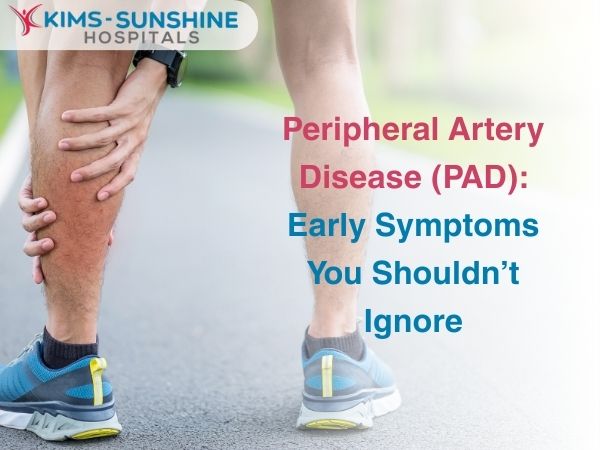
Takayasu Arteritis: The Rare Vascular Disorder Affecting Young Adults

We all know that the heart is necessary to pump blood to all parts of the body and that when this does not occur due to some reason, cell and tissue death can occur, with loss of organ function too, in severe cases. We also know that the arteries carry oxygen rich blood away from the heart to the rest of the body, while the veins bring back oxygen-poor blood to the lungs, for it to get reoxygenated, which is then pumped out by the heart. This cycle repeats itself infinitely. But, do you know what happens when blood flow gets obstructed due to inflammation or some such cause? Arteritis is the inflammation of the arteries specifically and Takayasu arteritis is a very rare disease, with a surprisingly high incidence in the Indian subcontinent. This condition seems to affect more women than men for some reason.
What Is Takayasu Arteritis?
Takayasu Arteritis is a pretty rare condition that is also called the pulseless disease. Continuous inflammation of the arterial walls can cause these crucial blood vessels to harden and get narrower, leading to poor blood flow eventually. It is a chronic condition which needs to be managed carefully as there is no cure for it. This condition affects more young women these days than men and you are at even greater risk if you suffer from hypertension already. With greater inflammation, blood flow almost ceases to exist and it can culminate in the absence of a pulse, or the presence of a very weak one. This arterial insufficiency or low blood flow can cause other issues in the long run.
Symptoms Of Takayasu Arteritis
Some of the early warning signs or symptoms that you should know about include- the presence of a fever, feeling tired, not having much of an appetite, body pain- especially the joints and the muscles and even a skin rash, respectively. The secondary symptoms are more worrisome- as inflammation never stops- leading to abdominal pain, cramping or claudication of the limbs, fingertips that look blue, headaches, palpitations, weak or missing pulse, changes in vision, pain in the front of your neck etc. among other symptoms.
Takayasu Arteritis Causes And Risk Factors
Not much is known about this rare condition, though the chronic inflammation suggests that the immune system plays some role in it- which is maybe why some doctors prefer to treat it like an autoimmune condition. This fits as in some cases, patients report flare ups or remissions, too. The cause for the perpetual inflammation may be some initial trigger like an infection of some sort. The main problem is that Takayasu Arteritis affects the aorta first, and then inflammation spreads all over the body, slowly. This can lead to a greater risk of aneurysms or stenosis. Or narrowing of the blood vessels. Complications are the main issue here- as they can affect any or all of the major arteries and their branches that supply blood to the heart, kidneys, the gut, the limbs, the brain etc.
Diagnosis Of Takayasu Arteritis (Angiography, Blood Tests)
Blood tests, imaging and physical exams are crucial in proper diagnosis of this condition. Examples include X-rays, Doppler, CTA, MRA, ESR and CRP values respectively. Treatment of Takayasu Arteritis involves the use of corticosteroids, for immunomodulation. Immunosuppressants, statins, TNF inhibitors may also be considered. Blood pressure needs to be managed, and drugs for that are also given. Surgery may also be done to remove aneurysms. Valve replacement or angioplasty may also be useful in some cases.
Conclusion
Since this is a chronic condition, effective and careful management becomes an essential aspect of treatment and long term care. You should stay in touch with your doctor, so that any changes can be looked at and treated accordingly. Making changes to your daily routine and concentrating on getting proper exercise and eating heart friendly foods can also greatly help. Getting the right diagnosis in the first try is hard with this condition, so you should be patient and not get too stressed about it too.






